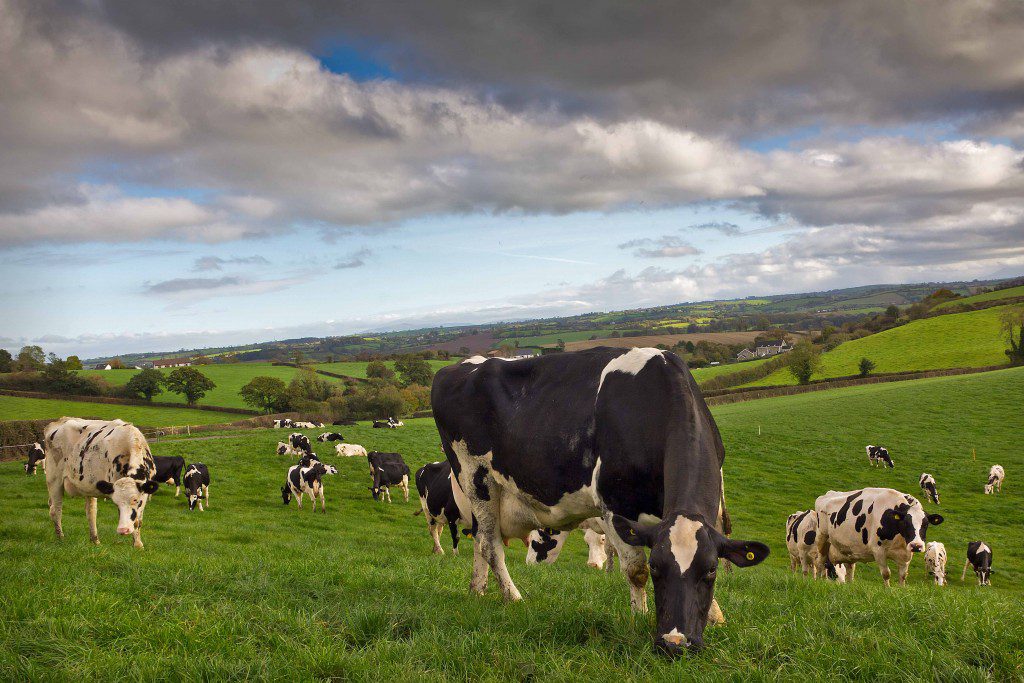As cows enter the second rotation, dairy farmers should set themselves key grazing targets, and monitor their progress regularly.
That’s the advice of Cathal Conaty, a Teagasc advisor based in Co. Louth.
According to Cathal: ”In the grazing game, the month of April is when battles can be won or lost.”
Increasing dry matter intake
For good yielding cows you should increase the amount of feed allocated, aiming to feed 16kg of dry matter (DM) per day.
It is important to achieve this through top-quality grazed grass, while also reducing meal fed in the parlour.
Watch grass growth rates carefully
You should be measuring grass growth on the farm at least once a week to access growth rates on the farm.
This will allow you determine if the farm is in a grass surplus or deficit, and determine what the cow demand is.
What does growth rate need to be in order to cover the grass demand of your cows?
In the last seven days PastureBase Ireland figures show that growth rate is currently 29kg DM/ha/day.

Pre-grazing targets
For the month of April, pre-grazing targets are 1,200 to 1,400kg DM/ha; it is important that residuals of 4cm are achieved.
IMPORTANCE OF REACHING RESIDUALS:
- To avoid wasting grass;
- To avoid poor-quality grass in subsequent rotations;
- To avoid ‘topping’;
- To maximise intakes;
- To maximise milk production.
As you move through April your grass cover target is 170kg DM/LU. You should be aiming to have nine days of grazing ahead of your cows.
Early April grass management
Grass management in early April can be difficult as grass demand increases from milking cows, but grass recovery following first rotation can be slow.
To ensure you keep grass in front of the cows you need to follow these steps:
- Know your grass demand;
- Keep a close watch on grass growth rates;
- Aim to have nine days grazing ahead.
